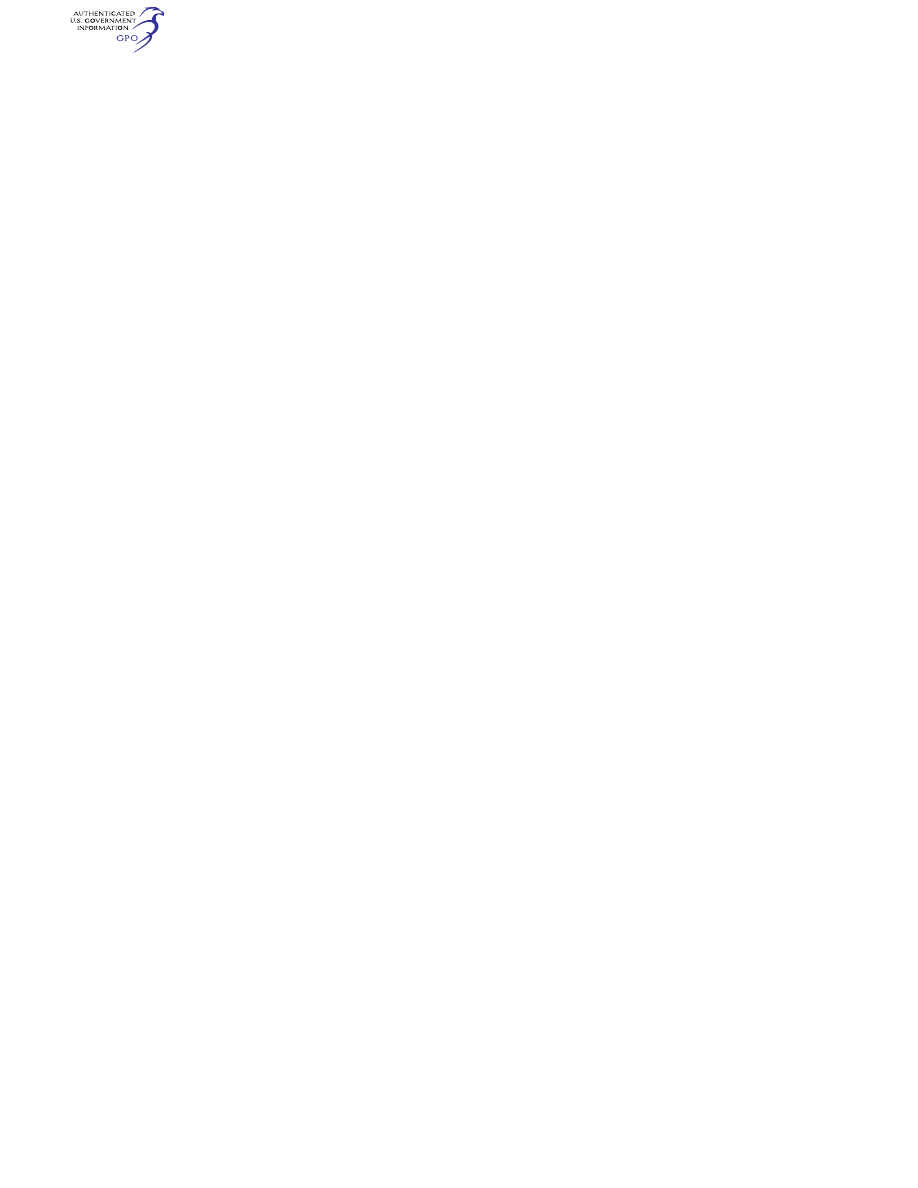
398
49 CFR Ch. I (10–1–23 Edition)
§ 172.303
table. For example, a tank car marked
‘‘NITRIC OXIDE’’ need not be re-
marked ‘‘NITRIC OXIDE, COM-
PRESSED’’.
(g) A rail car, freight container,
truck body or trailer in which the lad-
ing has been fumigated with any haz-
ardous material, or is undergoing fumi-
gation, must be marked as specified in
§ 173.9 of this subchapter.
[Amdt. 172–123, 55 FR 52591, Dec. 21, 1990, as
amended at 56 FR 66254, Dec. 20, 1991; Amdt.
172–150, 61 FR 50624, Sept. 26, 1996; Amdt. 172–
151, 62 FR 1228, Jan. 8, 1997; 62 FR 39398, July
22, 1997; 66 FR 45379, Aug. 28, 2001; 70 FR 73164,
Dec. 9, 2005; 72 FR 55692, Oct. 1, 2007; 85 FR
75712, Nov. 25, 2020]
§ 172.303
Prohibited marking.
(a) No person may offer for transpor-
tation or transport a package which is
marked with the proper shipping name,
the identification number of a haz-
ardous material or any other markings
indicating that the material is haz-
ardous (e.g., RQ, INHALATION HAZ-
ARD) unless the package contains the
identified hazardous material or its
residue.
(b) This section does not apply to—
(1) Transportation of a package in a
transport vehicle or freight container
if the package is not visible during
transportation and is loaded by the
shipper and unloaded by the shipper or
consignee.
(2) Markings on a package which are
securely covered in transportation.
(3) The marking of a shipping name
on a package when the name describes
a material not regulated under this
subchapter.
[Amdt. 172–123, 55 FR 52591, Dec. 21, 1990, as
amended at 56 FR 66254, Dec. 20, 1991; 72 FR
55692, Oct. 1, 2007]
§ 172.304
Marking requirements.
(a) The marking required in this sub-
part—
(1) Must be durable, in English and
printed on or affixed to the surface of a
package or on a label, tag, or sign.
(2) Must be displayed on a back-
ground of sharply contrasting color;
(3) Must be unobscured by labels or
attachments; and
(4) Must be located away from any
other marking (such as advertising)
that could substantially reduce its ef-
fectiveness.
(b) [Reserved]
[Amdt. 172–29, 41 FR 15996, Apr. 15, 1976, as
amended by Amdt. 172–29B, 41 FR 57067, Dec.
30, 1976]
§ 172.306
[Reserved]
§ 172.308
Authorized abbreviations.
(a) Abbreviations may not be used in
a proper shipping name marking except
as authorized in this section.
(b) The abbreviation ‘‘ORM’’ may be
used in place of the words ‘‘Other Reg-
ulated Material.’’
(c) Abbreviations which appear as au-
thorized descriptions in column 2 of the
§ 172.101 table (e.g., ‘‘TNT’’ and ‘‘PCB’’)
are authorized.
[Amdt. 172–123, 55 FR 52591, Dec. 21, 1990, as
amended by Amdt. 172–145, 60 FR 49110, Sept.
21, 1995]
§ 172.310
Class 7 (radioactive) mate-
rials.
In addition to any other markings re-
quired by this subpart, each package
containing Class 7 (radioactive) mate-
rials must be marked as follows:
(a) Each package with a gross mass
greater than 50 kg (110 lb) must have
its gross mass including the unit of
measurement (which may be abbre-
viated) marked on the outside of the
package.
(b) Each industrial, Type A, Type
B(U), or Type B(M) package must be
legibly and durably marked on the out-
side of the packaging, in letters at
least 12 mm (0.47 in) high, with the
words ‘‘TYPE IP–1,’’ ‘‘TYPE IP–2,’’
‘‘TYPE IP–3,’’ ‘‘TYPE A,’’ ‘‘TYPE
B(U)’’ or ‘‘TYPE B(M),’’ as appropriate.
A package which does not conform to
Type IP–1, Type IP–2, Type IP–3, Type
A, Type B(U) or Type B(M) require-
ments may not be so marked.
(c) Each package which conforms to
an IP–1, IP–2, IP–3 or a Type A package
design must be legibly and durably
marked on the outside of the pack-
aging with the international vehicle
registration code of the country of ori-
gin of the design. The international ve-
hicle registration code for packages de-
signed by a United States company or
agency is the symbol ‘‘USA.’’